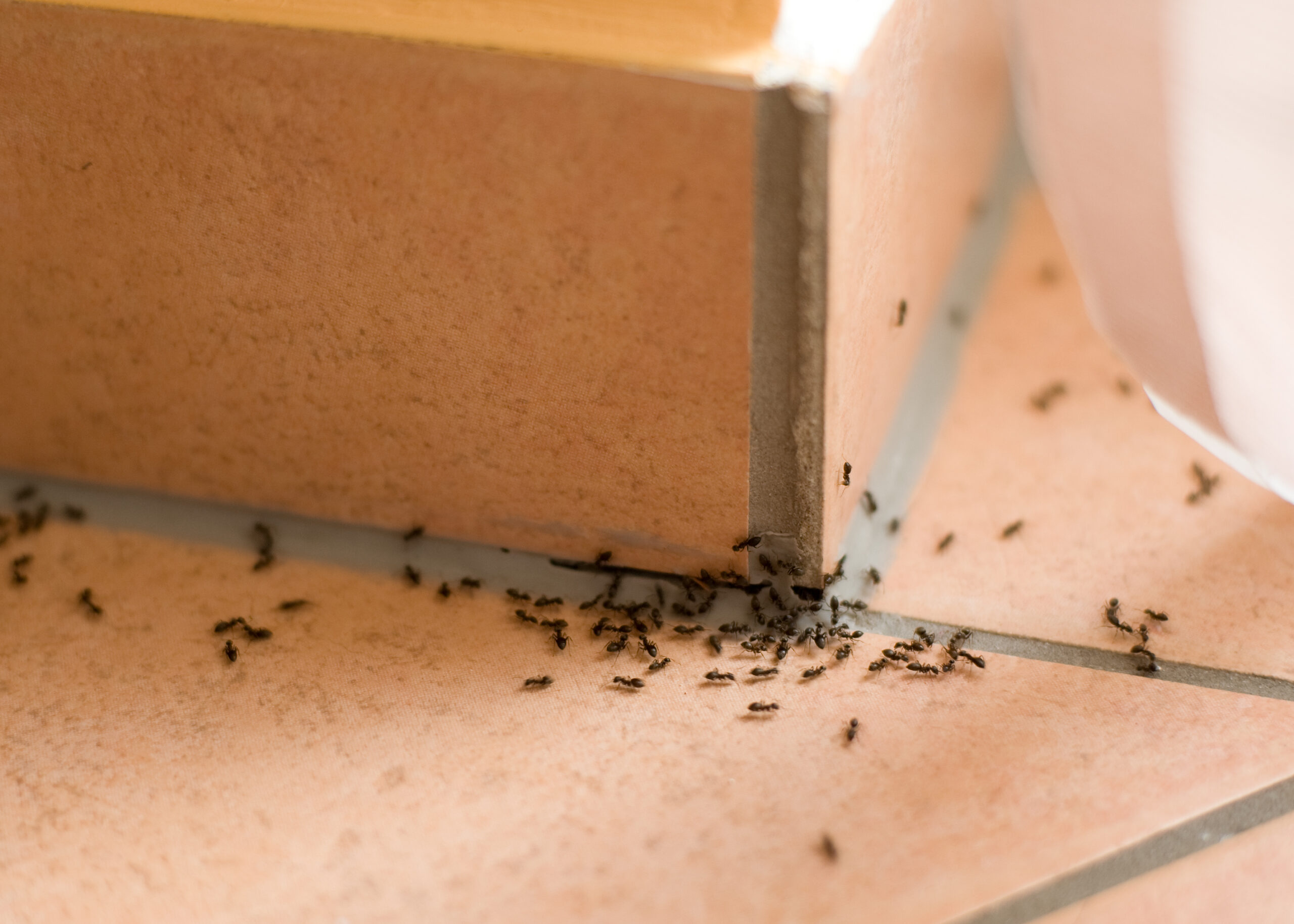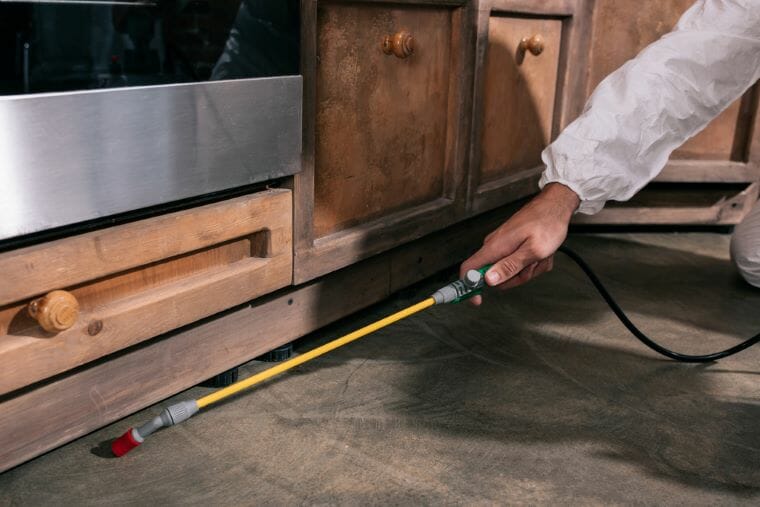How To Treat For Ants
Ants are social insects that live in colonies. Their colonies usually have a caste system and queens at the top that do the egg laying. Ants are very active in warm weather, and you can see them meandering through your landscape in search of food. Treating ants is necessary for keeping them from getting into your house and causing structural damage. If you see signs of ants like flying ants, black streaks or fungus, it’s time to treat for ants.
Ants are a common problem for homeowners and home renters. There are many different ant species, but in general ants leave behind the same results: a dirty and unkempt home that may also be at risk for pest infestations. You can treat your ants by observing patterns, looking for queen ants and getting rid of their food sources — but each ant colony has its own special treatment plan.
How To Treat For Ants
How To Treat For Ants
Ants are one of the most common household pests in the world, but they can be difficult to treat. There are many methods of getting rid of ants, but none will work if you don’t have a good plan of attack. The first thing you need to do is find out what type of ant you have. Different types of ants require different treatments and products. The following guide will help you understand how to get rid of your ants safely and effectively.
Step 1: Determine what type of ant you have
There are many different kinds of ants, so it’s important that you know which kind yours are before using any treatment or product on them. You can do this by collecting some ants in a jar or other container and bringing them back home with you so that you can identify them before starting treatment. You can also try looking online for pictures or descriptions of the types of ants found in your area so that you know what kind yours might be. It may seem like an extra step at first glance, but knowing exactly what kind of ant you’re dealing with will make everything easier later on down the road when deciding which products are best suited for treating their population within your home or business property boundaries!
Here is a guide on how to treat for ants:
1. Keep food covered at all times. This includes garbage cans, pet food bowls, and even the insides of your cabinets where ants love to dwell!
2. Clean up spills immediately! If there’s something spilled on the floor (like sugar), make sure you clean up as soon as possible so that the ants don’t have any time to set up shop there.
3. Seal cracks around doors with caulk or petroleum jelly (you can also use boric acid). This will prevent them from entering your house through small openings like this one!
How To Treat For Ants
List Of How To Treat For Ants
- Attracts & Kills – Kills common household ants including acrobat, crazy, ghost, little black, odorous house, pavement, and other sweet-eating ants
- Kills the Ants You See & the Ones You Don’t – As worker ants discover the bait, they share it with the rest of the colony to eliminate them all
- Works Fast – You should see a significant decrease in the number of ants visiting the bait stations within just a few days
- Ready to Use – Place the bait stations, watch it attract ants, and eliminate the entire colony
- Use Throughout Your Home – Place stations near areas where you’ve seen ant activity including along baseboards, in corners, on counters, and more
Additional Info :
| Item Dimensions | |
| Height | 4.5 Inches |
| Width | 6.6 Inches |
| Length | 1.2 Inches |
| Weight | 0.27 Pounds |
- Safe
- Extra Concentrated for Long-Lasting Protection
- Natural Ingredients Proven Effective in the Real World
- Large 16oz Bottle
- Powerful Essential Oil
Additional Info :
| Item Dimensions | |
| Weight | 1 Pounds |
- Ortho Home Defense Insect Killer for Indoor & Perimeter2 with Comfort Wand kills ants, cockroaches, spiders, fleas, ticks and other listed bugs; the formula is odor free, won’t stain, and keeps listed bugs out
- KILLS BUGS INSIDE: Kills those annoying home-invading insects, including ants, cockroaches, spiders, fleas, ticks, scorpions, beetles, silverfish, centipedes and millipedes
- KEEPS BUGS OUTSIDE: Creates a bug barrier that will kill bugs you have and prevents new bugs for up to 12 months (applies to ants, roaches and spiders indoors on non-porous surfaces)
- NO STAINING OR STINK: This spray can be used indoors and out, leaves no residue, and has no odor; people and pets may re-enter treated areas after spray has dried
- WAND MAKES APPLICATION EASY: The Comfort Wand eliminates hand fatigue, and there’s no pumping required, making it easy to spray along your home’s perimeter–indoors and outside
Additional Info :
| Color | White |
| Item Dimensions | |
| Height | 4.88 Inches |
| Width | 12 Inches |
| Length | 8.95 Inches |
| Weight | 0.73 Pounds |
- New Harbinger Publications
Additional Info :
| Item Dimensions | |
| Height | 9 Inches |
| Width | 0.5 Inches |
| Length | 8.25 Inches |
| Weight | 0.7 Pounds |
Additional Info :
| Release Date | 2018-12-05T12:52:44.360Z |






